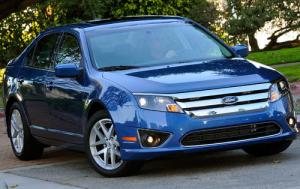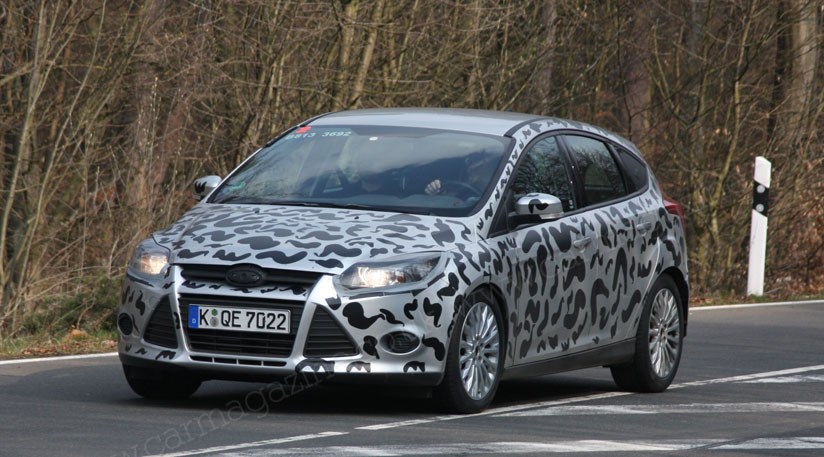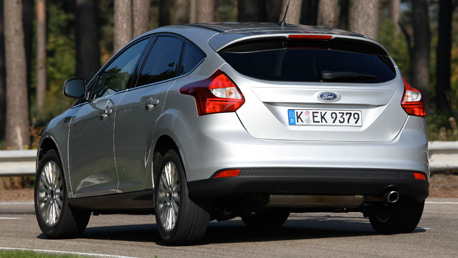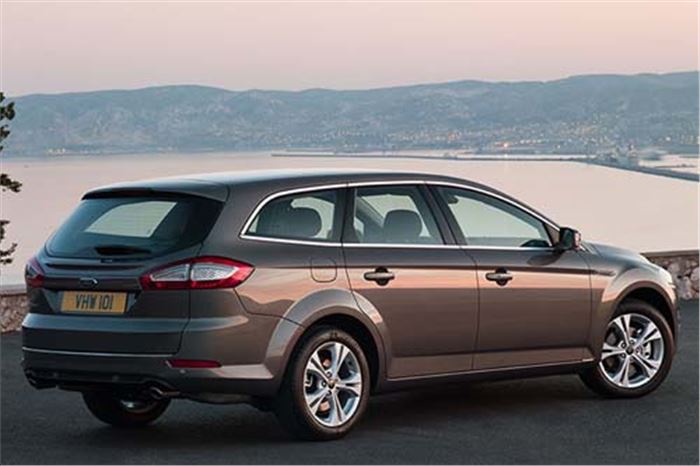By 2010, the sixth-generation (Mark VI) Fiesta had been introduced worldwide, including in the United States and Canada—making it the first Fiesta model to be sold in North America since 1980.

2011 Ford Fiesta SEL Sedan
The Fiesta was originally developed under the project name "Bobcat" and approved for development by Henry Ford II in September 1972. Development targets indicated a production cost US$100 less than the current Ford Escort. The car was to have a wheelbase longer than that of the Fiat 127, but with overall length shorter than that of Ford's Escort. The final proposal was developed by Tom Tjaarda at Ghia. The project was approved for production in autumn 1973, with Ford's engineering centres in Cologne and Dunton (Essex) collaborating.

2011 Ford Fiesta Pictures and
Ford estimated that 500,000 Fiestas a year would be produced, and built an all-new factory near Valencia, Spain; a transaxle factory near Bordeaux, France; factory extensions for the assembly plants in Dagenham, UK, and Saarlouis, Germany. Final assembly also took place in Valencia.

New Ford Fiesta 2011. Ford has

2011 Ford Fiesta 2011 Fiesta

Custom 2011 Ford Fiesta LA 3

ford-fiesta-2011-009

2011 Ford Fiesta SEL Sedan
The Fiesta was originally developed under the project name "Bobcat" and approved for development by Henry Ford II in September 1972. Development targets indicated a production cost US$100 less than the current Ford Escort. The car was to have a wheelbase longer than that of the Fiat 127, but with overall length shorter than that of Ford's Escort. The final proposal was developed by Tom Tjaarda at Ghia. The project was approved for production in autumn 1973, with Ford's engineering centres in Cologne and Dunton (Essex) collaborating.

2011 Ford Fiesta Pictures and
Ford estimated that 500,000 Fiestas a year would be produced, and built an all-new factory near Valencia, Spain; a transaxle factory near Bordeaux, France; factory extensions for the assembly plants in Dagenham, UK, and Saarlouis, Germany. Final assembly also took place in Valencia.

New Ford Fiesta 2011. Ford has

2011 Ford Fiesta 2011 Fiesta

Custom 2011 Ford Fiesta LA 3

ford-fiesta-2011-009






.jpg?maxWidth=1000&maxHeight=800\x26imgrefurl\x3dhttp://www.technologicvehicles.com/en/green-transportation-news/481\x26usg\x3d__v5uvsvYnDHnoMihFvldoFx-ZpAs\x3d\x26h\x3d600\x26w\x3d900\x26sz\x3d68\x26hl\x3den\x26start\x3d7\x26zoom\x3d1\x26itbs\x3d1)






































